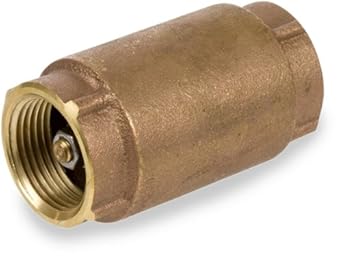Hi
.
I seem to remember being told that Eberspacher recommend separating engine from camper as the engine will want to pressurise its system but might not be able to when you add all that extra stuff pipework?
.
Our last camper had the engine combined with the camper circuit directly and I don't think, for the small amount of diesel the heater would use to heat up the calorifier once stopped, that i would combine them again at all for the quite small benefit. They stayed isolated and separate.
.
Preheating the engine? That Merc engine was designed to start from low temps and didn't even have glow plugs. If you insist on being somewhere properly cold then add a separate coolant heater placed and plumbed to do just that.
.

.
I seem to remember being told that Eberspacher recommend separating engine from camper as the engine will want to pressurise its system but might not be able to when you add all that extra stuff pipework?
.
Our last camper had the engine combined with the camper circuit directly and I don't think, for the small amount of diesel the heater would use to heat up the calorifier once stopped, that i would combine them again at all for the quite small benefit. They stayed isolated and separate.
.
Preheating the engine? That Merc engine was designed to start from low temps and didn't even have glow plugs. If you insist on being somewhere properly cold then add a separate coolant heater placed and plumbed to do just that.
.

